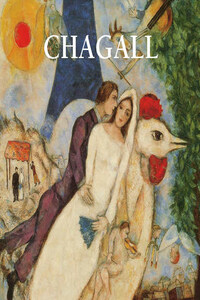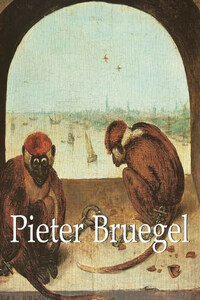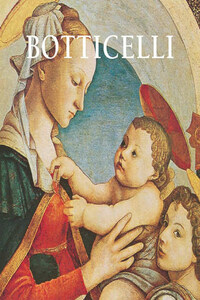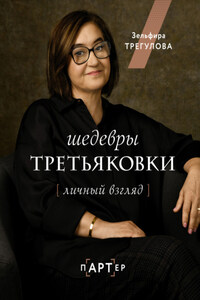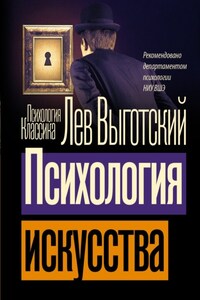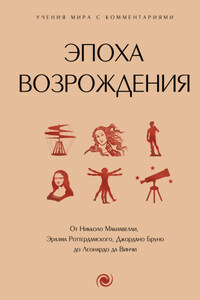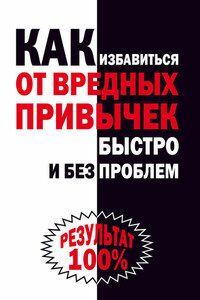1. Kermis (Village Fair) (1908). Oil on canvas, 68 x 95 cm, Collection Wright Judington, Santa Barbara, California.
Marc Chagall was born into a strict Jewish family for whom the ban on representations of the human figure had the weight of dogma. If one is unaware of the nature of traditional Jewish education one can hardly imagine the transgressive force, the fever of being which propelled the young Chagall when he flung himself on the journal Niva (Field) to copy from it a portrait of the composer Rubinstein. This education was based on the historic law of Divine Election and covered the religious side of life only. The transmission to the very core of the Jewish hearth was essentially effected through oral means. Each Jewish house is a place made holy by the liturgy of the word. The Chagall family belonged to the Hassidic tradition: we should emphasize here that this form of piety – Hassid means devout – gives preference to direct contact between the individual and God. The dialogue which is thus set up between the faithful and Yahweh exists without the mediation of rabbinical pomp and display. It is born directly from everyday ritual and is expressed in the exercise of personal liberty. Hassidism lies outside the scholarly Talmudic culture, the institutional commentary of the synagogue. It was historically found in rural Russian and Polish communities, communities based on the original fundamental nucleus of Jewish society which is, of course, the family.
Chagall’s father, Zakhar, was a pickler at a herring merchant’s. Sensitive, secretive, taciturn, the figure of Zakhar seems to have had the tragic dimension inherent in the destiny of the Jewish people. “Everything in my father seemed to me to be enigma and sadness. An inaccessible image”, Chagall wrote in My Life. On the other hand, his mother, Feyga-Ita, the eldest daughter of a butcher from Liozno, radiated vital energy. The psychological antithesis of their characters can be seen in Chagall’s very first sketches and in his series of etchings produced for Paul Cassirer in Berlin in 1923 which were intended to illustrate My Life. This antithesis, so strongly felt by Chagall, embodies the age-old experience of the whole of Jewish existence: his father and mother, in the artist’s paintings, in the very heart of the plastic space of the picture or drawing, bring into play not only the specific reality of a memory but also the two contradictory aspects which form Jewish genius and its history – resignation to fate in the acceptance of the will of God, and creative energy bearing hope, in the unshakeable sense of Divine Election.
Marc had one brother and seven sisters: David, of whom he produced some moving portraits but who died in the flower of youth; Anna (Aniuta), Zina, the twins Lisa and Mania, Rosa, Marussia and Rachel, who also died young. If family life was difficult, it was not miserable. It was part of the life of the stedtl, that specifically Jewish cultural reality connected to the social structure of the ghetto. In Vitebsk this reality fitted into the structure of rural Russian life.
In the late nineteenth century Vitebsk was still a small town in Byelorussia, situated at the confluence of two waterways, the Dvina and the Vitba. Its economy was expanding greatly, but despite the arrival of the railway, the station, small industries and the river port, the town still retained the characteristics of a large rural village. While the numerous churches and the Orthodox cathedral gave it a more urban appearance, most of the houses were still of wood and the streets, frozen in winter, running with water in spring, were not yet paved. Each house, evidence of an economic unity founded on a traditional domestic way of life, had its little garden and poultry-yard. With their wooden fences and multi-coloured decoration the houses of Vitebsk live on eternally in Chagall’s pictures.
It was from this childhood experience that the pictorial schemes of Chagall’s plastic vocabulary originate. But the fragments of memory, which we easily identify in concrete objects even in the very first works – the room, the clock, the lamp, the samovar, the sabbath table, the village street, the house of his birth and its roof, Vitebsk recognizable through the domes of its cathedral – did not crystallize into clearly defined images until after the passage of many years. It was only in obeying his calling “Mummy… I would like to be a painter[1]”, that is to say in tearing himself away from his family and social milieu, that Chagall could evolve his own pictorial language.
Chagall succeeded in persuading his mother to enrol him in the school of drawing and painting of the artist Pen. But the methods of training and the laborious copying exercises soon ceased to satisfy the young Chagall. That which he was still seeking confusedly, that which he barely touched upon in his first daring colouristic experiments, had nothing in common with the academic tradition to which Pen adhered. The painting which Chagall was carrying within himself was poles apart from that representative realism which Pen inherited from the Wanderers. Rebelling against all teaching, from 1907 Chagall began to show a precocious capacity for invention – did he not use the colour violet in a way which defied all known laws? – the autodidactic quality which is the mark of true creative spirits. The painter’s destiny worked itself out in the image of some hero of the great fundamental myths which make up the collective subconscious.
